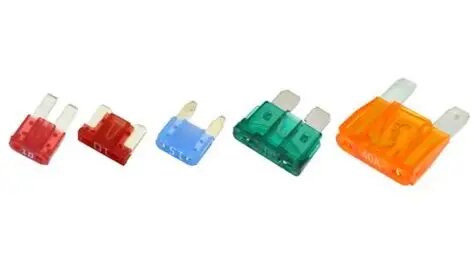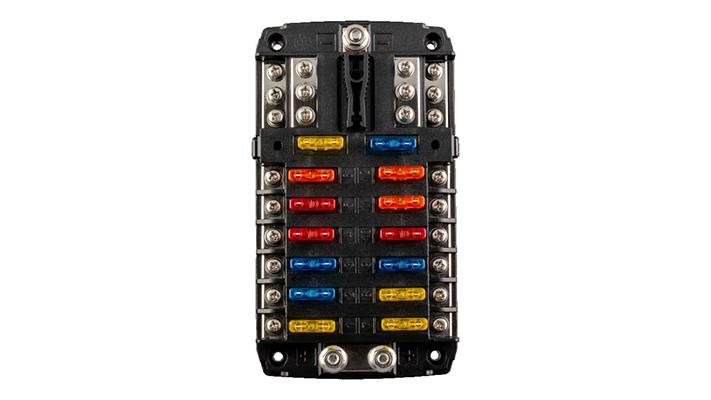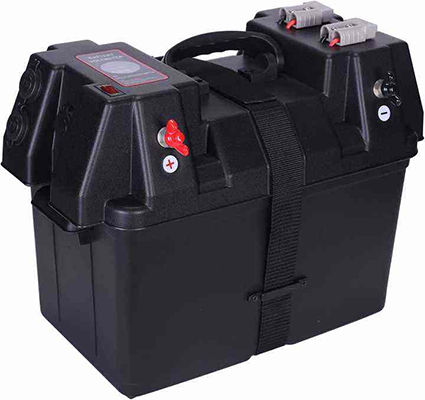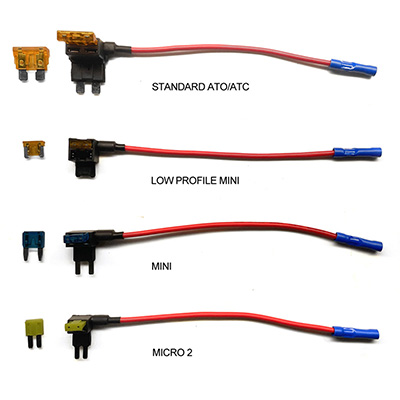Critical Role of Automotive Fuses in Protecting Mass Airflow Sensors
News 2025-10-13
Automotive mass airflow sensors (MAF) are essential components in modern vehicles, measuring the amount of air entering the engine to optimize fuel injection and emissions control. These sensors operate within complex electrical systems where reliability is paramount. A car fuse specifically designed for MAF sensors acts as a safeguard, preventing damage from electrical surges or short circuits. By interrupting excessive current flow, fuses ensure the longevity of the sensor and maintain vehicle performance. Understanding the integration of fuses with MAF sensors highlights their importance in preventing costly repairs and enhancing overall system efficiency in automotive electronics.

Application Scenarios
In various automotive contexts, MAF sensor fuses are crucial for different vehicle types and conditions. For instance, in high-performance cars or those with turbocharged engines, the fuse protects against voltage spikes during acceleration, ensuring accurate airflow readings. In everyday driving scenarios, such as stop-and-go traffic, fuses guard against wear from repeated electrical cycles. Additionally, in electric and hybrid vehicles, where MAF sensors integrate with advanced control units, fuses mitigate risks from regenerative braking systems. This protection is vital in harsh environments, like extreme temperatures or dusty conditions, where sensors are more prone to failure, thus maintaining engine efficiency and reducing downtime.
Performance Advantages
Car fuses for MAF sensors offer significant benefits that enhance system reliability and safety. They provide precise current limitation, allowing sensors to function without interruption while quickly disconnecting in fault conditions to avoid damage. This rapid response improves diagnostic accuracy, as fuses help isolate issues without affecting other components. Moreover, using high-quality fuses reduces the risk of false readings or sensor burnout, leading to better fuel economy and lower emissions. In terms of durability, these fuses withstand vibrations and thermal stresses common in automotive settings, ensuring consistent performance over the vehicle’s lifespan and contributing to overall cost savings through minimized maintenance.
Frequently Asked Questions
1. What is the primary function of a MAF sensor fuse?
It protects the sensor from electrical overloads by breaking the circuit during high current events, preventing damage and ensuring reliable operation.
2. How does a fuse improve MAF sensor longevity?
By shielding the sensor from surges and shorts, fuses extend its lifespan, reducing the need for frequent replacements and maintaining accurate engine performance.
3. What factors should be considered when selecting a MAF sensor fuse?
Key factors include the sensor’s amperage rating, vehicle type, and environmental conditions to ensure optimal protection and compatibility.


